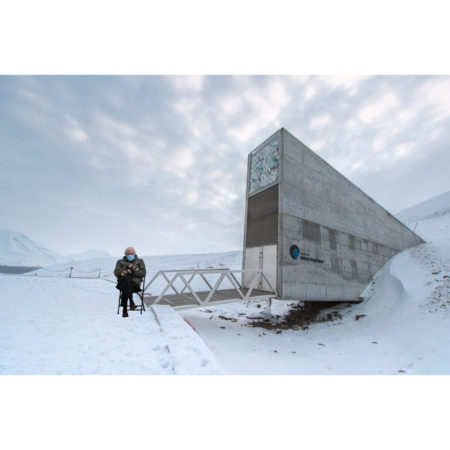- Follow Luigi on Twitter.
- Follow Jeremy on Twitter. And subscribe to his newsletter: citrus and shit this week.
- Speaking of shit…
Nibbles: Seed edition
- Seed stories.
- Heterogenous seeds book chapter.
- Heritage seeds in Britain book.
- Seed app. For tricot trials.
- Seed Treaty ratified in Nigeria.
Had to do it

Try it yourself.
Nibbles: GMO, EUGENA, Geography, Ozark food, UK seeds
- There’s more to the whole GMO thing than science.
- The European Genebank Network for Animal Genetic Resources has cool new flyers.
- Geographies of Food: The Book.
- The above applied to the Ozarks and the UK.
Nibbles: Chickpea, Rice, Potato, Open seeds, Ipomoea, Cider apples, Functional foods, Colombian seeds, Meaty diets, Coffee ritual
- Chickpea breeding in the news, if you can believe it.
- Somehow rice breeding in the news is easier to believe.
- Or potato breeding, for that matter.
- The case for public ownership of seed. Now, that would be news.
- I doubt that changing the sweet potato’s scientific name will ever be news.
- Michigan’s cider lovers round up their favourite apples.
- Visualization on how to make functional foods sustainable.
- A Colombian (seed) exchange.
- People have always eaten meat. Sure, but so what?
- Anyone for coffee?